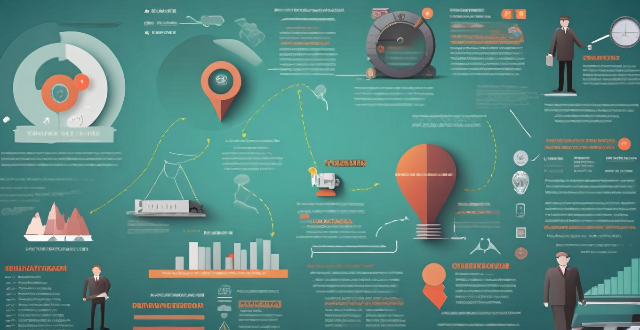The transition towards a circular economy presents several challenges for industries. These can be broadly categorized into economic and financial barriers, technological and innovation hurdles, market and supply chain complexities, regulatory and policy obstacles, organizational culture and capabilities, and informational and transparency issues. High upfront costs, lack of economic incentives, uncertain return on investment, limited recycling technologies, scaling up difficulties, data and knowledge gaps, fragmented supply chains, consumer behavior, markets for recycled materials, inconsistent policies, weak enforcement, legislative uncertainty, resistance to change, skills and competencies, top-down vs. bottom-up approaches, product lifecycle transparency, and eco-labeling standards are some of the main challenges faced by industries moving towards a circular economy. Collaborative efforts between government, industry, academia, and civil society are crucial to overcome these challenges.

Main Challenges Faced by Industries When Moving Towards a Circular Economy
The transition towards a circular economy presents several challenges for industries. These challenges can be broadly categorized into the following areas:
Economic and Financial Barriers
- High Upfront Costs: Initial investments in recycling technologies, waste management systems, and redesigning products for recyclability can be significant.
- Lack of Economic Incentives: Without proper financial incentives or regulatory pressures, businesses may not find it profitable to adopt circular practices.
- Uncertain Return on Investment: The long-term benefits of circular strategies are often uncertain, making it difficult to convince stakeholders of their value.
Technological and Innovation Hurdles
- Limited Recycling Technologies: Not all materials can be easily recycled, and technology for recovering some resources is still underdeveloped.
- Scaling Up Difficulties: Proven small-scale solutions do not always translate well to industrial-level applications.
- Data and Knowledge Gaps: There is often a lack of detailed information on material flows and product lifecycles necessary for effective circular strategies.
Market and Supply Chain Complexities
- Fragmented Supply Chains: Coordination across complex global supply chains can hinder efforts to implement circular principles.
- Consumer Behavior: Engaging consumers in recycling programs and promoting sustainable consumption habits can be challenging.
- Markets for Recycled Materials: Finding stable markets for recycled materials can be difficult, especially if virgin materials are cheaper or preferred.
Regulatory and Policy Obstacles
- Inconsistent Policies: Lack of harmonized regulations across regions can create confusion and additional compliance costs.
- Weak Enforcement: Even where circular economy policies exist, enforcement may be lax, reducing their effectiveness.
- Legislative Uncertainty: Rapid changes in environmental legislation can make long-term planning difficult for businesses.
Organizational Culture and Capabilities
- Resistance to Change: Established business models and organizational cultures may resist the shift towards circular practices.
- Skills and Competencies: There may be a lack of expertise within companies to lead and manage the transition to a circular economy.
- Top-Down vs. Bottom-Up Approaches: Successful circular initiatives require both strategic direction from the top and grassroots innovation, which can be hard to balance.
Informational and Transparency Issues
- Product Lifecycle Transparency: Companies often struggle with providing full transparency about the environmental impacts of their products throughout their lifecycle.
- Eco-Labeling Standards: Varying eco-labels and certifications can confuse consumers and diminish trust in green claims.
To overcome these challenges, collaborative efforts between government, industry, academia, and civil society are crucial. Pioneering companies that have started their journey towards circularity often share their experiences and best practices to help others navigate these hurdles. Moreover, technological advancements, policy innovations, and changing consumer attitudes are gradually paving the way for broader adoption of circular economy principles.